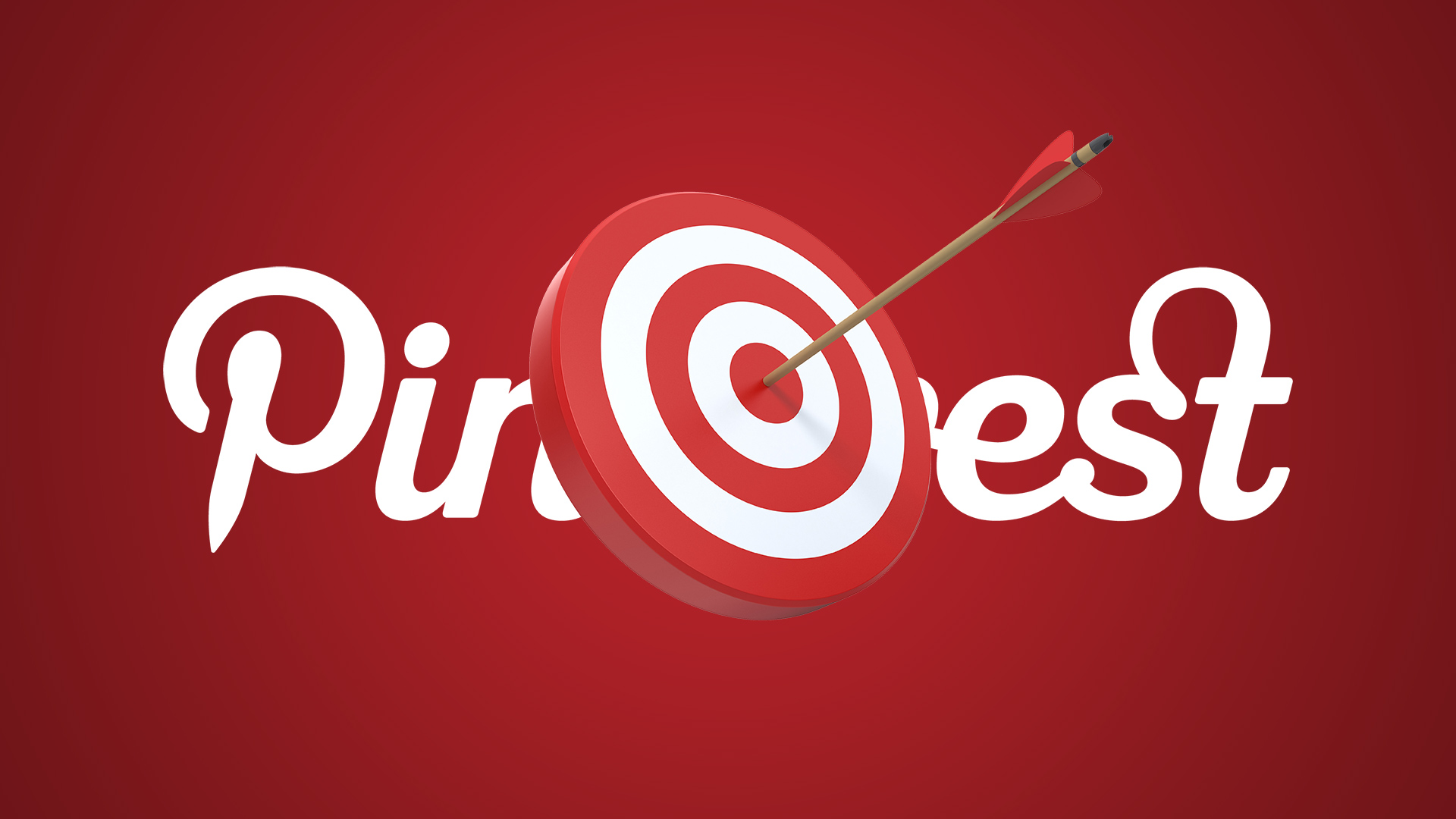Pinterest will target ads to people who click on, save brand-related pins
Pinterest wants brands to feel like they already have an audience to advertise to on its platform, so it's creating one from brand-related pins.

Pinterest wants brands to feel like they already have an attentive audience to advertise to on its platform. So after adding the ability for brands to retarget people who visit their sites and use their apps with ads on Pinterest, the company is now introducing a way for brands to advertise to people who click on or save brand-related pins that are posted to Pinterest.
“Engagement data [like pin clicks and saves] show much higher intent and are more valuable than simply liking a page or following a brand’s account,” said Pinterest product manager Frank Fumarola.
According to Pinterest, people who have interacted with a brand-related pin, such as by clicking on it, within the past 30 days are 2.2 times more likely to buy a product from that brand than people who don’t interact with a pin related to that brand. Considering that 75% of the pins on Pinterest are brand-related, like pins linking to product pages, Pinterest thinks it offers brands a lot of opportunities to attract actual customers, which is also why the company is renaming its lookalike targeting option to “actalike” targeting.
To identify whether a pin is related to a brand, Pinterest will look at whether the pin linked to a brand-specified website or whether the pin was posted by the brand. For pins that don’t fit either criteria, Pinterest will use its text- and image-recognition technologies to identify if a pin includes a brand or is “highly related” to other pins that it knows are related to a brand, said Pinterest product manager Frank Fumarola.
More often than not, Pinterest will be able to go off the site that a pin links to, according to Fumarola. But to do that a brand will first need to tell Pinterest the domain it wants Pinterest to check against, and brands will only be able to specify one domain per brand account.
In addition to collecting an advertiser’s on-Pinterest audiences, Pinterest is also improving its abilities to target advertisers’ off-Pinterest audiences with ads on Pinterest, such as by making it easier for brands to let Pinterest track what people do on their sites. Since starting to let advertisers target ads to people who visit their sites, use their apps, are in their customer list or share traits with their customers earlier this year, advertisers using those targeting options have seen the percentage of people clicking on their ads increase by 80%, according to Pinterest.
When Pinterest initially rolled out site retargeting in June, brands had to place different pieces of code on different pages of their site for each action they wanted to advertise against. If a brand wanted to retarget people who visited an account sign-up page, that was a different piece of code than the one needed to retarget people who visited the checkout page after buying something. Now Pinterest is consolidating those different tags into one universal Pinterest tag, which is similar to Facebook’s Facebook Pixel and Twitter’s universal website tag.
Brands can add the Pinterest tag across their sites, so that any page a person visits, the brand will be able to retarget them with ads on Pinterest. After adding the tag, the brand can tell Pinterest what specific URLs it wants to retarget against. That way in addition to retargeting site visitors in general, a brand can specifically retarget people who visited a certain product page.
Coinciding with the Pinterest Tag’s introduction, Pinterest is adding five new site actions that brands can target against, in addition to the four it established in June: when someone views a category page, when someone uses a site’s search bar, when someone adds a product to a shopping cart, when someone watches a video and when someone generates a lead like by signing up for a test drive or requesting a product demo.
Contributing authors are invited to create content for MarTech and are chosen for their expertise and contribution to the search community. Our contributors work under the oversight of the editorial staff and contributions are checked for quality and relevance to our readers. MarTech is owned by Semrush. Contributor was not asked to make any direct or indirect mentions of Semrush. The opinions they express are their own.
Related stories